“Five hundred twenty five thousand six hundred minutes – how do you measure,
measure a year?”
2018 – My TOP 18 achievements, life lessons, and other pot pourri.
1. I ran a full marathon. That’s right, all 42.195km of it. Tokyo Marathon – check.
2. I swam a fricking channel with a team (both swimmers and crew) of amazing people. It took us 18.5 hours to swim 42km from Honshu to Hokkaido (ie the Tsugaru channel). In 18-21 degree water. That’s teamwork, grit and insanity right there.
3. I took up hiking. Hiking for me is therapeutic and cathartic. I hiked lots this year. (It’s cheaper than therapy).
4. I like to try and visit one new country a year. This year I went to Belgium – the home of waffles, fries, beer and chocolate – a gastronomad’s paradise. No regrets at all going to Belgium, although the waistline begs to differ.
5. I swam over 300km in total this year. A lot. But not quite enough at the same time.
6. Tiger Balm patches are the bomb.
7. KT Tape is magic duct tape for the body.
8. Growth (success) and comfort cannot co-exist. Get comfortable with being uncomfortable (this means running with blisters, swimming in 17 degree water, taking cold baths, working overtime, making sacrifices, saving money etc etc).
9. I did a solo trek of the Kumano Kodo trail. One of my most memorable experiences this year. Hiking is good for the soul.
10. I changed jobs this year. Every time I change jobs, I try not to think of it as “work” but rather “you’re getting paid to learn every day”. This is a mindset which has helped me get through working life in Tokyo.
11. I scored a reservation at Narisawa – a 3 star Michelin restaurant in Tokyo. Life goals. Great food. Great company.
12. Discovered the joy and simplicity of savoury porridge. Now I can eat porridge for breakfast AND dinner. Cook your oatmeal in a simple broth, add bacon, mushrooms etc. Voila! Savoury porridge. Game changer for the lazy cook.
13. In 2018, I went to the dentist. Last time I visited a dentist was 6 years ago (gasp!). Don’t judge me. Also don’t hate me. I have good teeth. Never had a cavity, filling or braces in my life.
14. You should back up your laptop/computer. You never know when it might die. (Don’t learn this the hard way).
15. Sleep is awesome. It’s also underrated.
16. Elastic pants/shorts are your friend.
17. Everyone should own a thermos and a reuseable drink bottle. This year I made a conscious decision to drastically reduce PET bottle and single use plastic usage. Say no to straws. And refuse plastic bags where possible.
18. You’re stronger than you think. Keep on keeping on.
2018 – you were EPIC. Thanks everyone for sharing in the journey.
I don’t expect 2019 to be as eventful and epic as this year was, but one can always hope. (Challenge accepted).
—
These lyrics from the musical “Rent” are appropriate.
Song: Seasons of Love
Five hundred twenty five thousand six hundred minutes
Five hundred twenty five thousand moments so dear
Five hundred twenty five thousand six hundred minutes
How do you measure, measure a year?
In daylights, in sunsets,
In midnights, in cups of coffee?
In inches, in miles,
In laughter, in strife?
In five hundred twenty five thousand six hundred minutes,
How do you measure a year in the life?
How about love?
How about love?
How about love?
Measure in love.
Seasons of love,
Seasons of love.
Five hundred twenty five thousand six hundred minutes,
Five hundred twenty five thousand journeys to plan,
Five hundred twenty five thousand six hundred minutes,
How do you measure the life of a woman or a man?
In truth that she learned,
Or in times that he cried?
In the bridges he burned,
Or the way that she died?
It’s time now, to sing out,
Though the story never ends.
Let’s celebrate, remember a year,
In the life of friends.
Remember the love, (Oh you got to, you got to remember the love)
Remember the love, (You know that love is a gift from up above)
Remember the love, (Share love, give love, spread love)
Measure in love, (Measure, measure your life in love)
Seasons of love,
Seasons of love (Measure your life, measure your life in love).


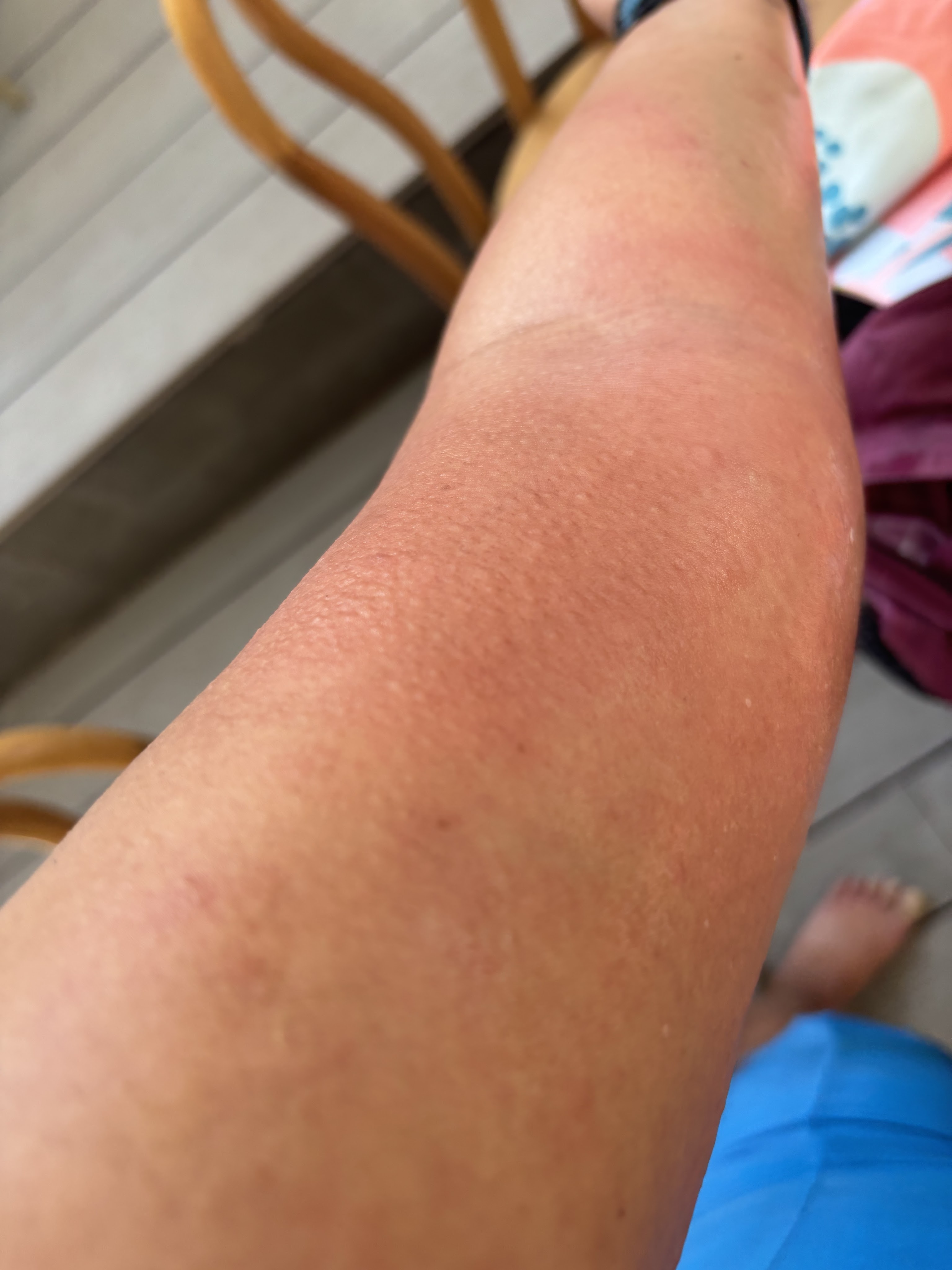
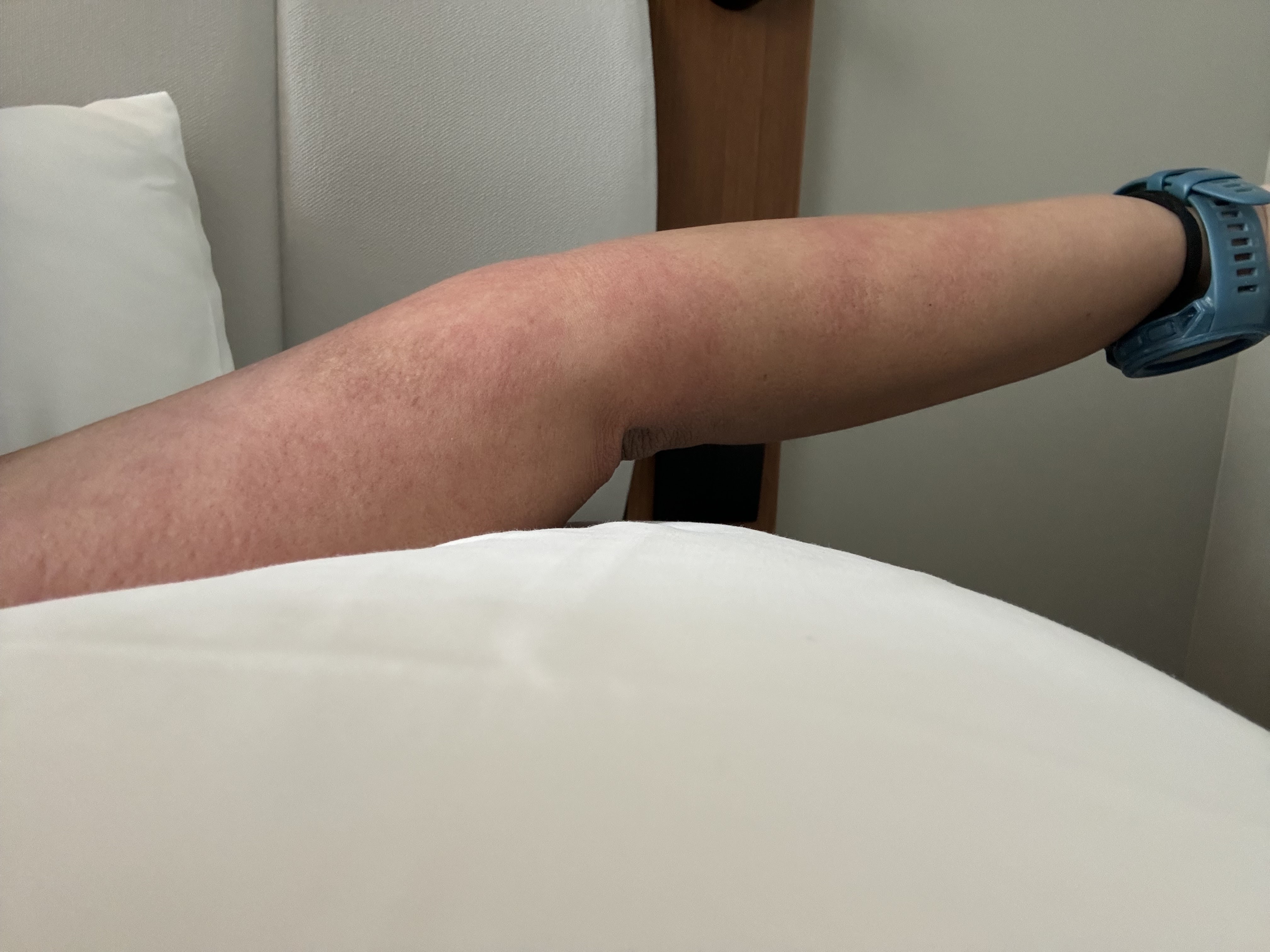
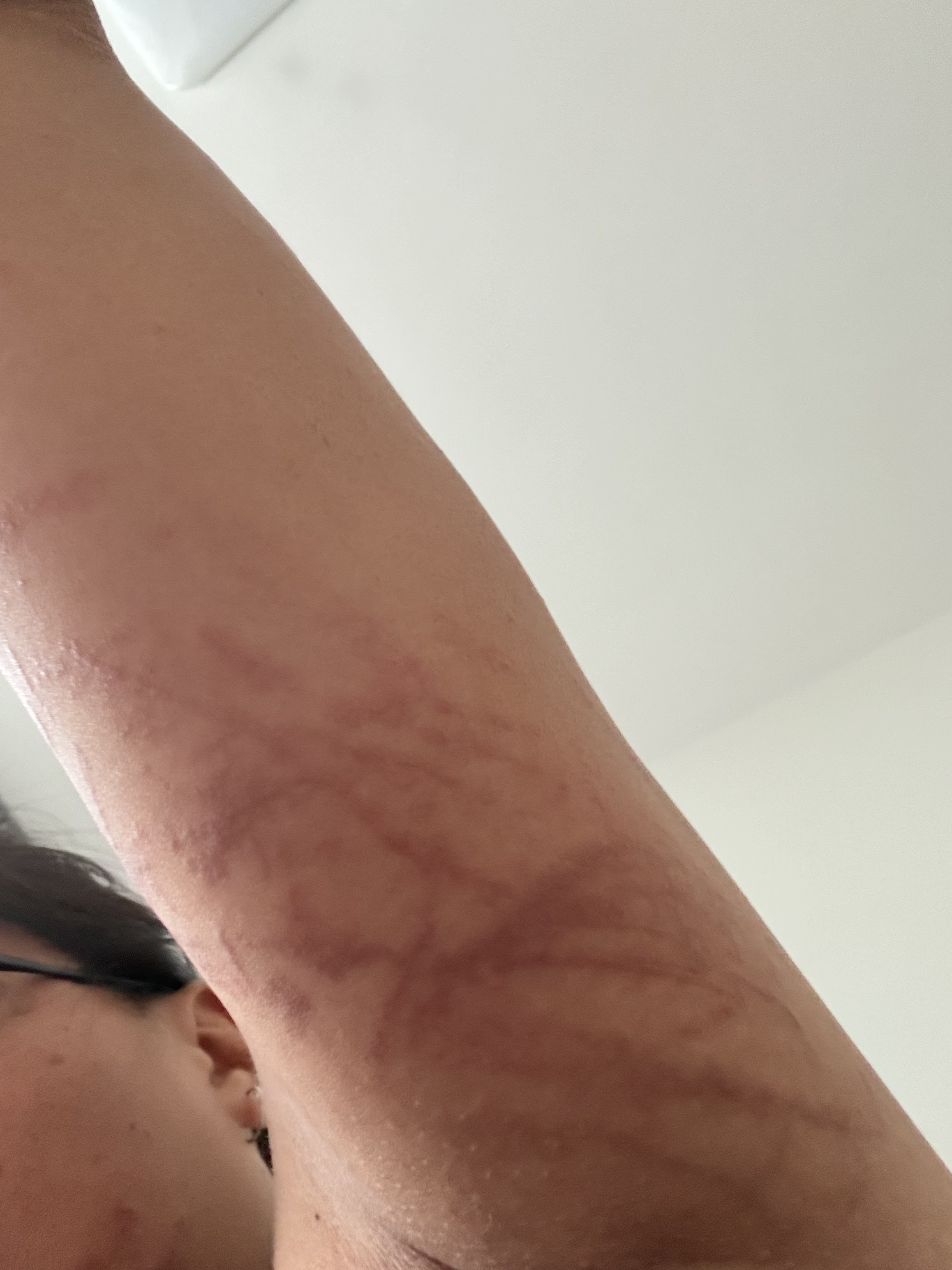

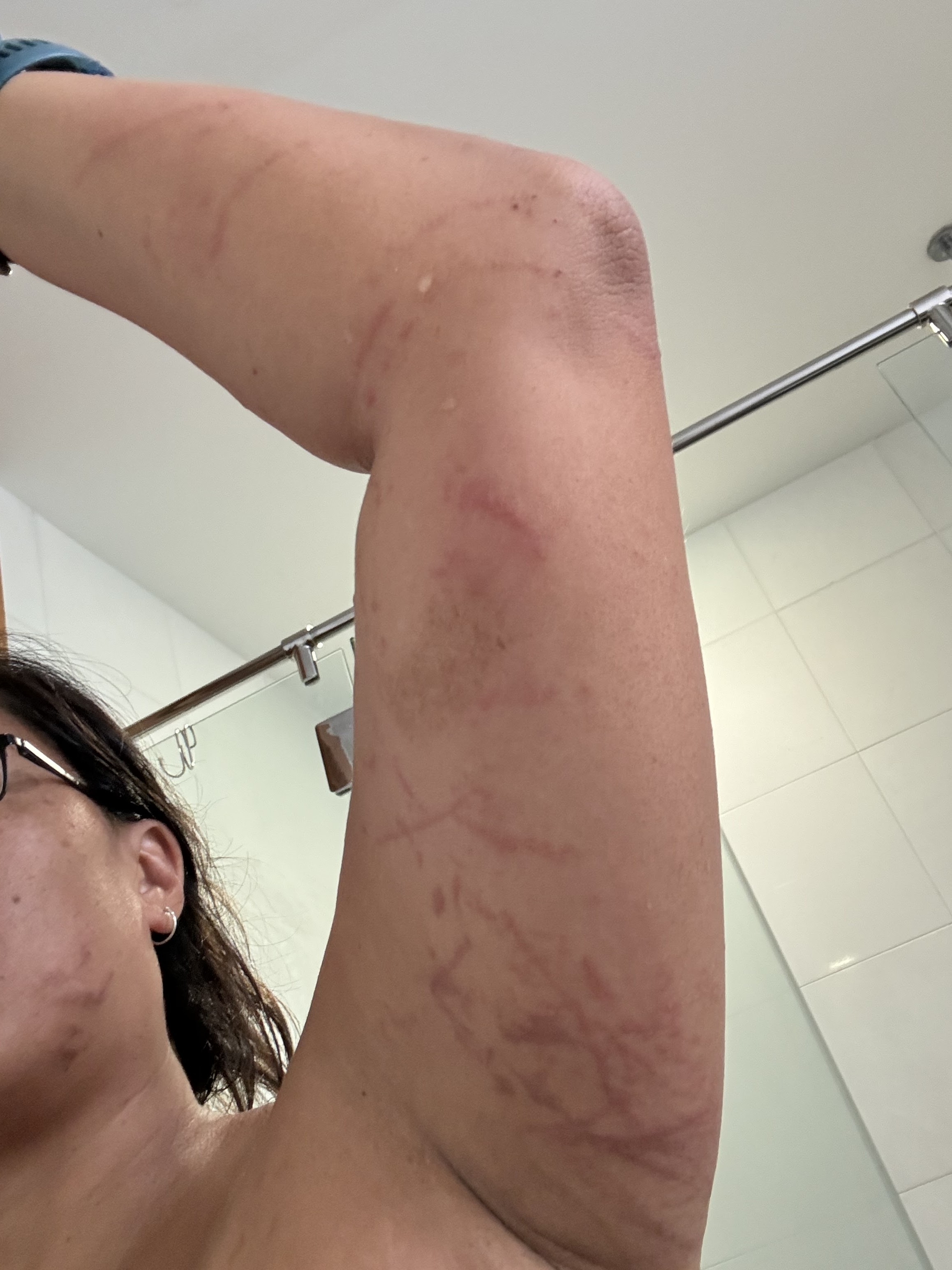



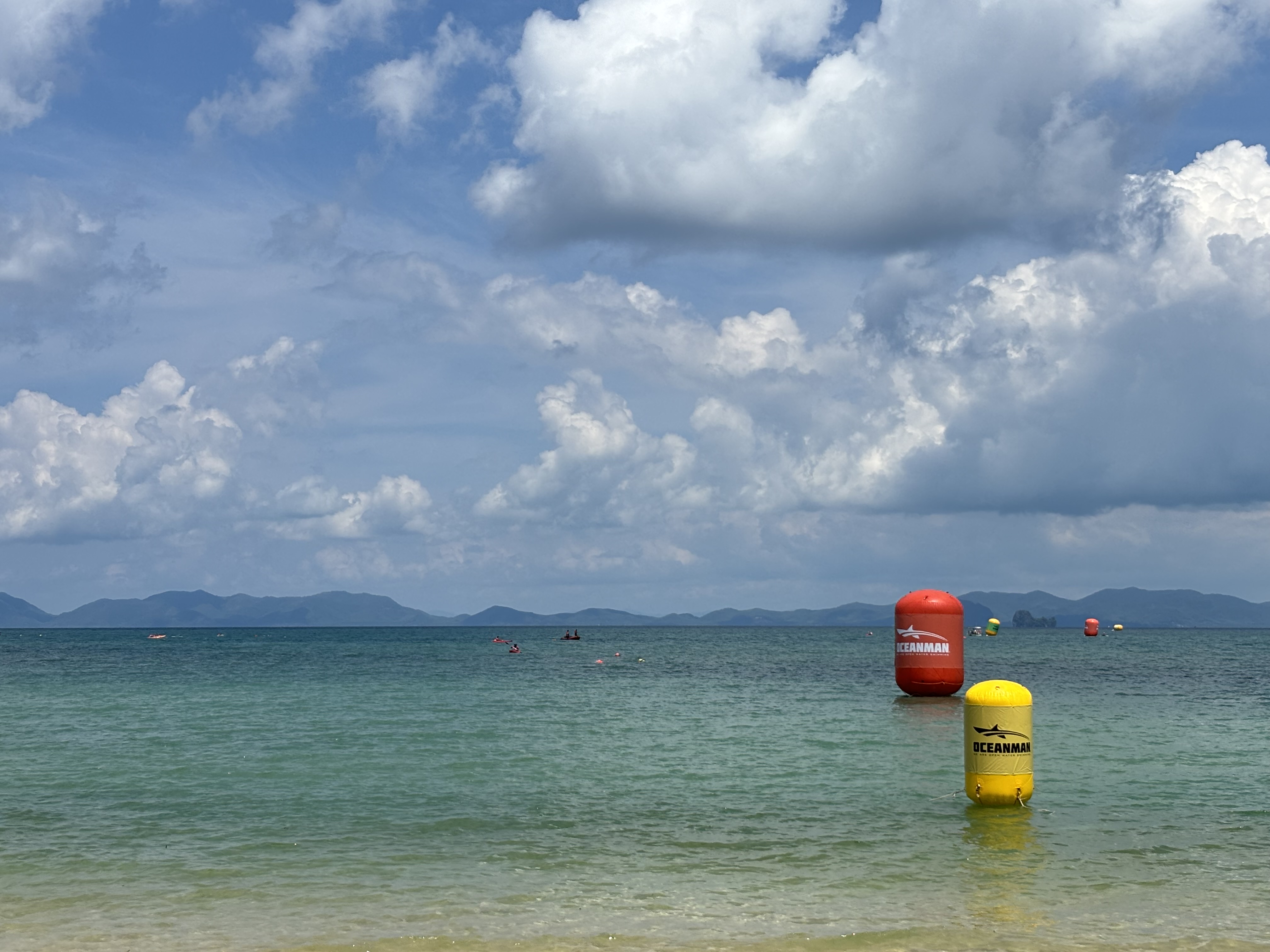
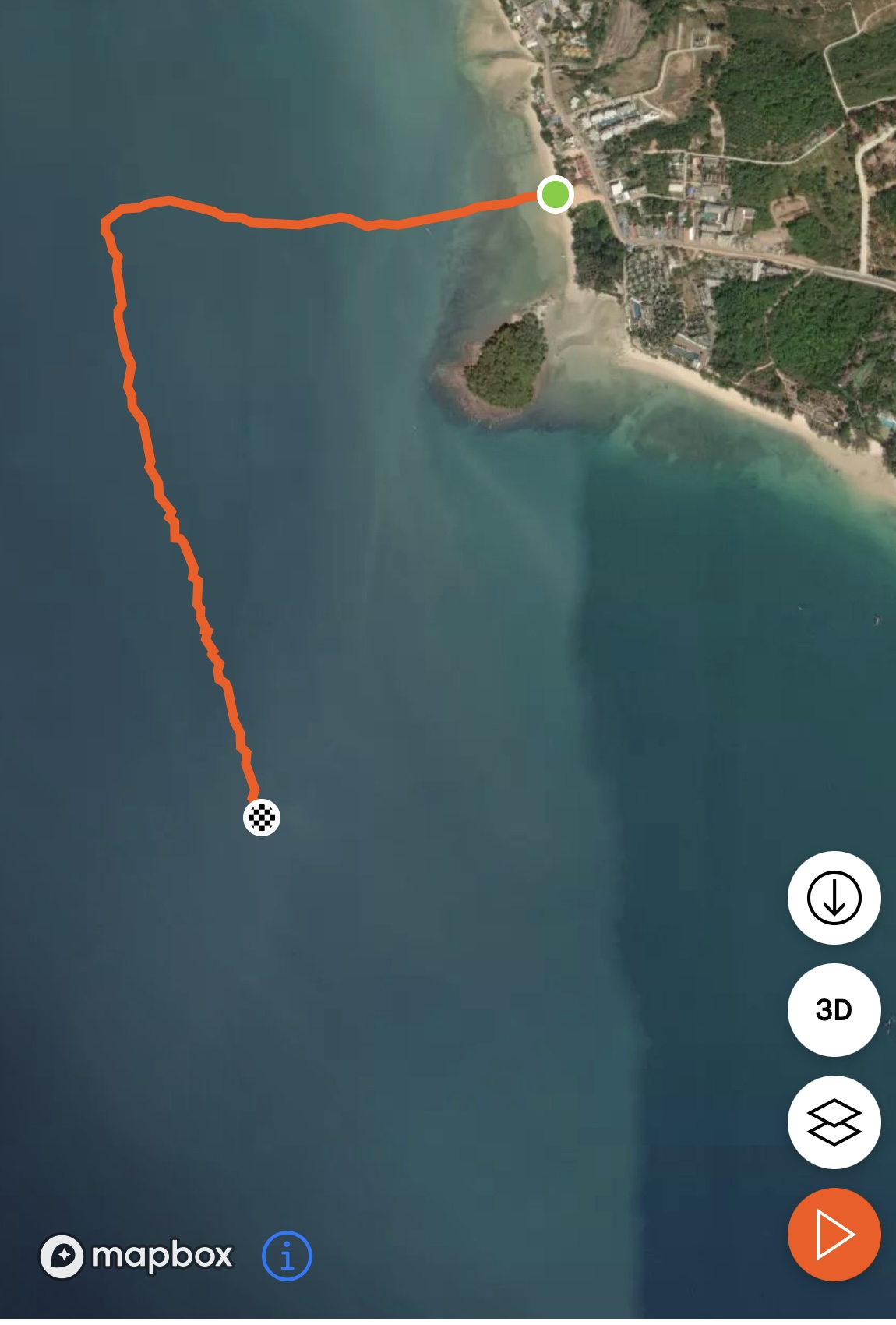



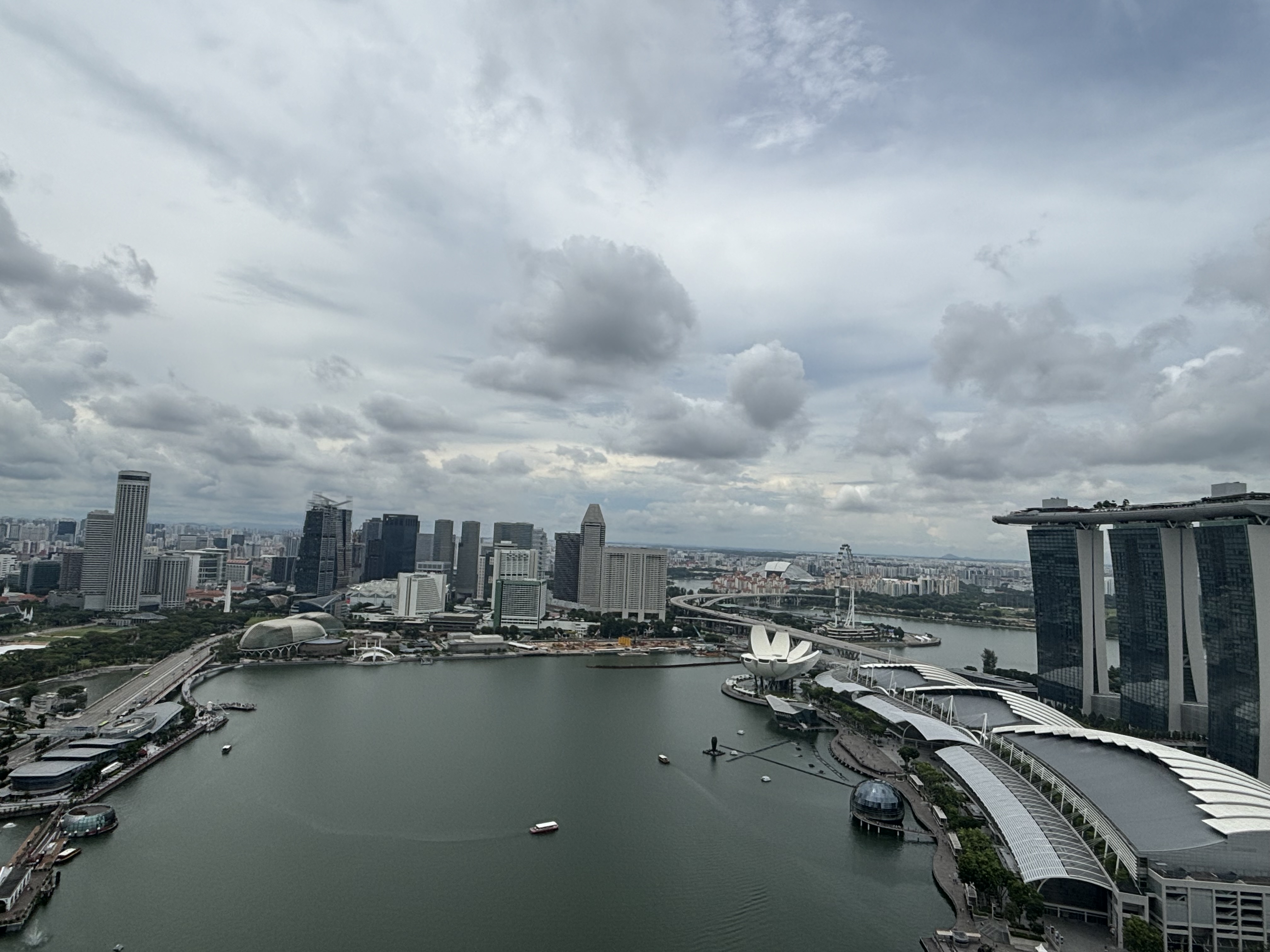
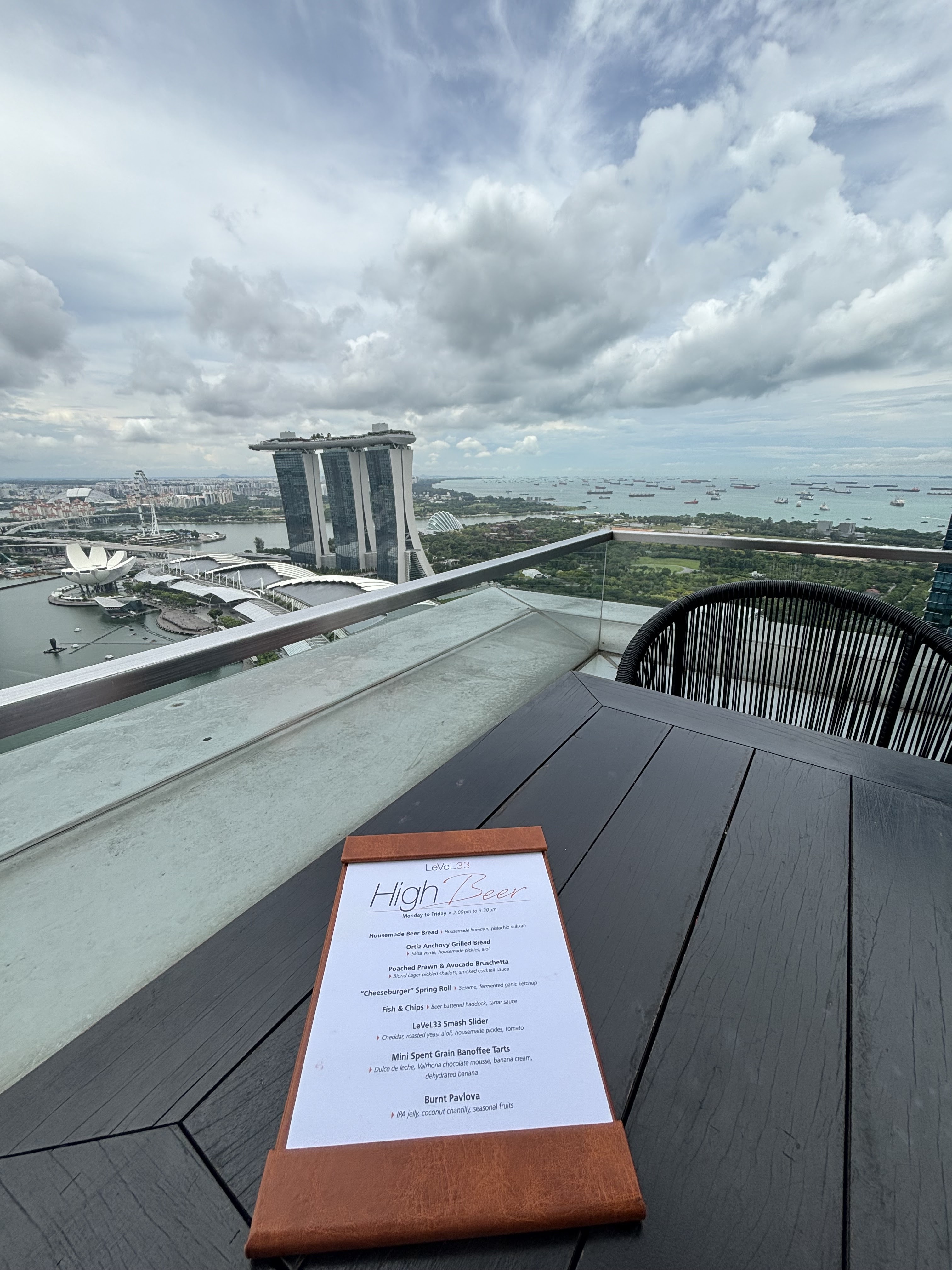

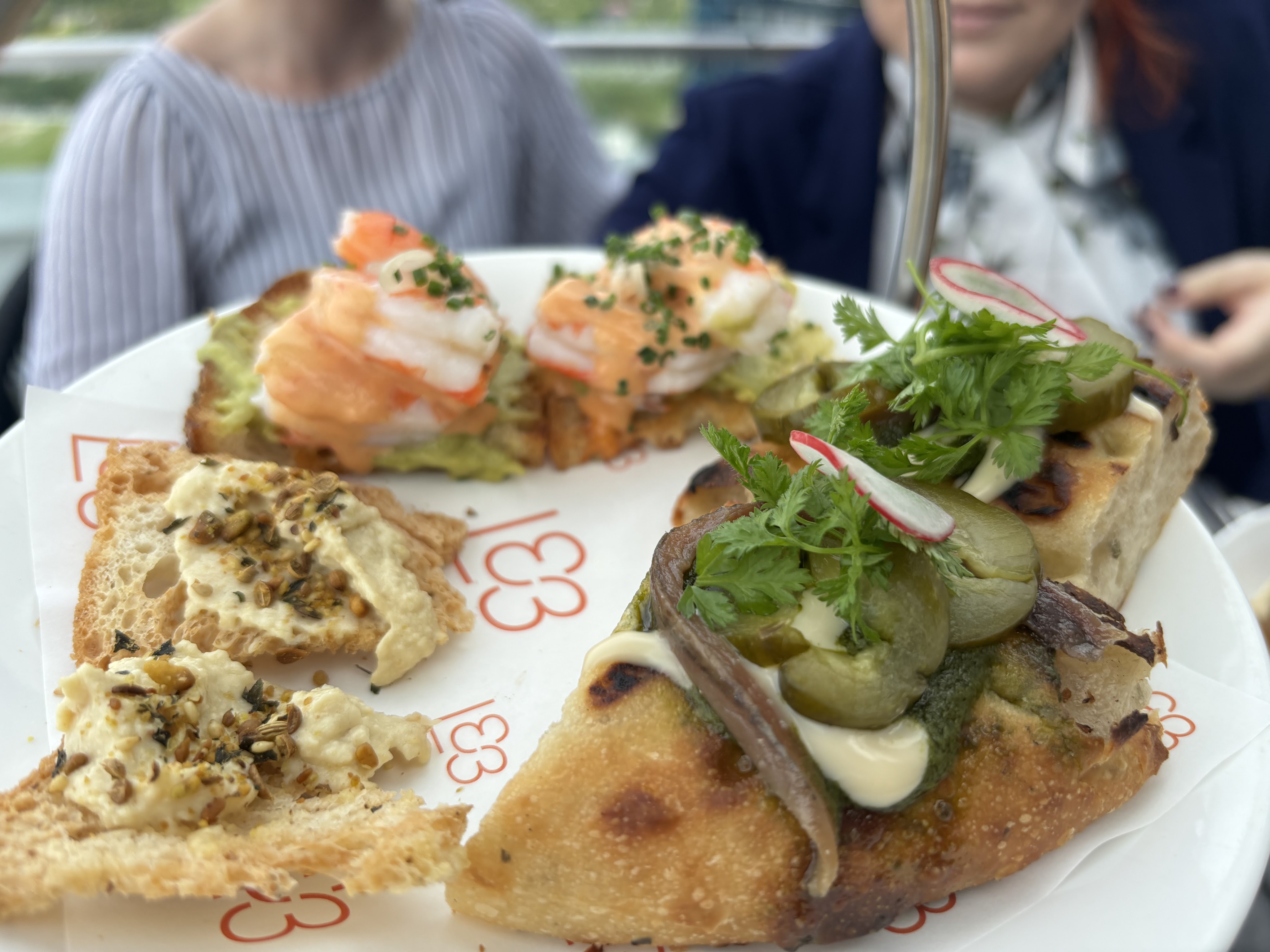

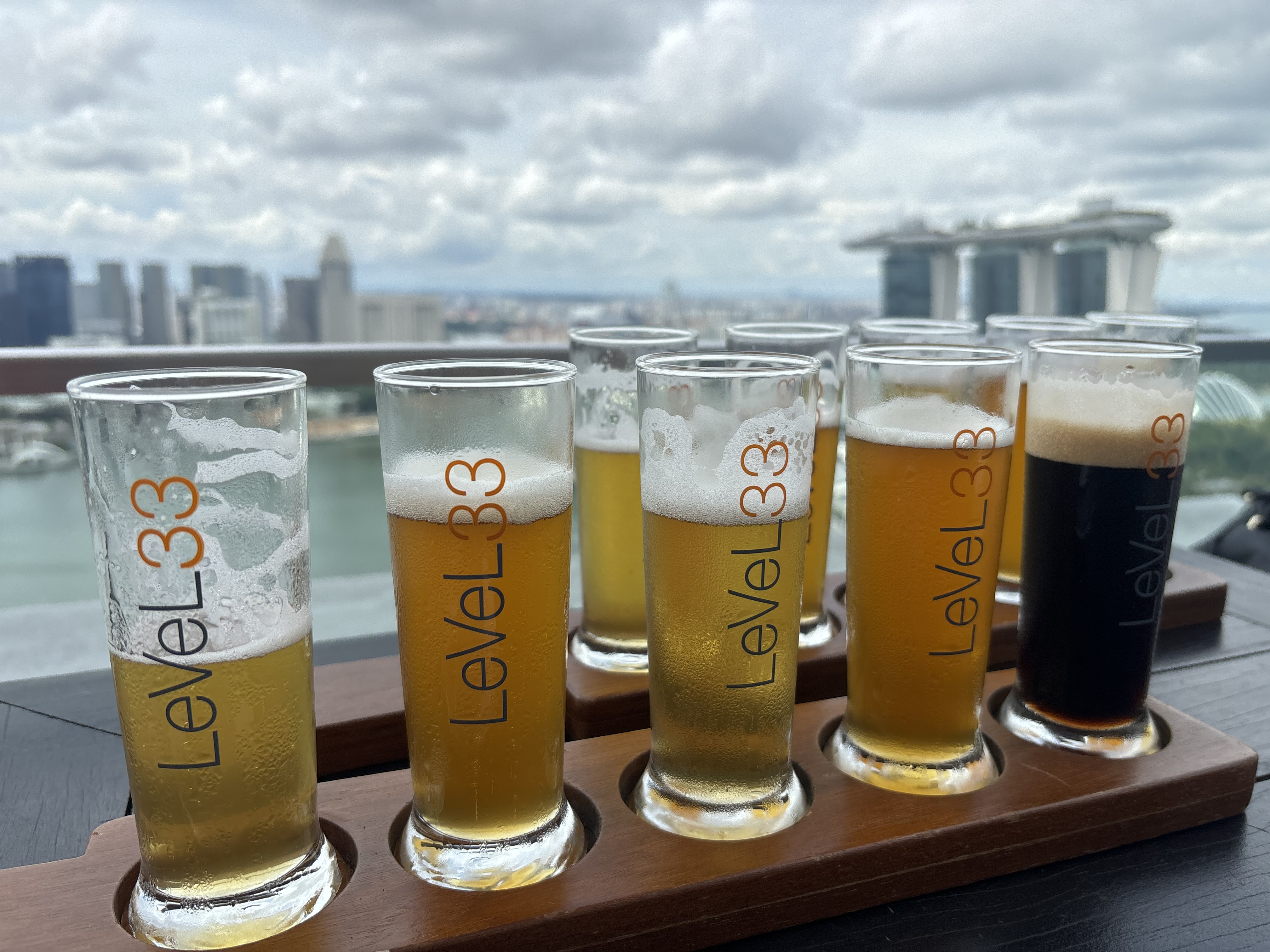
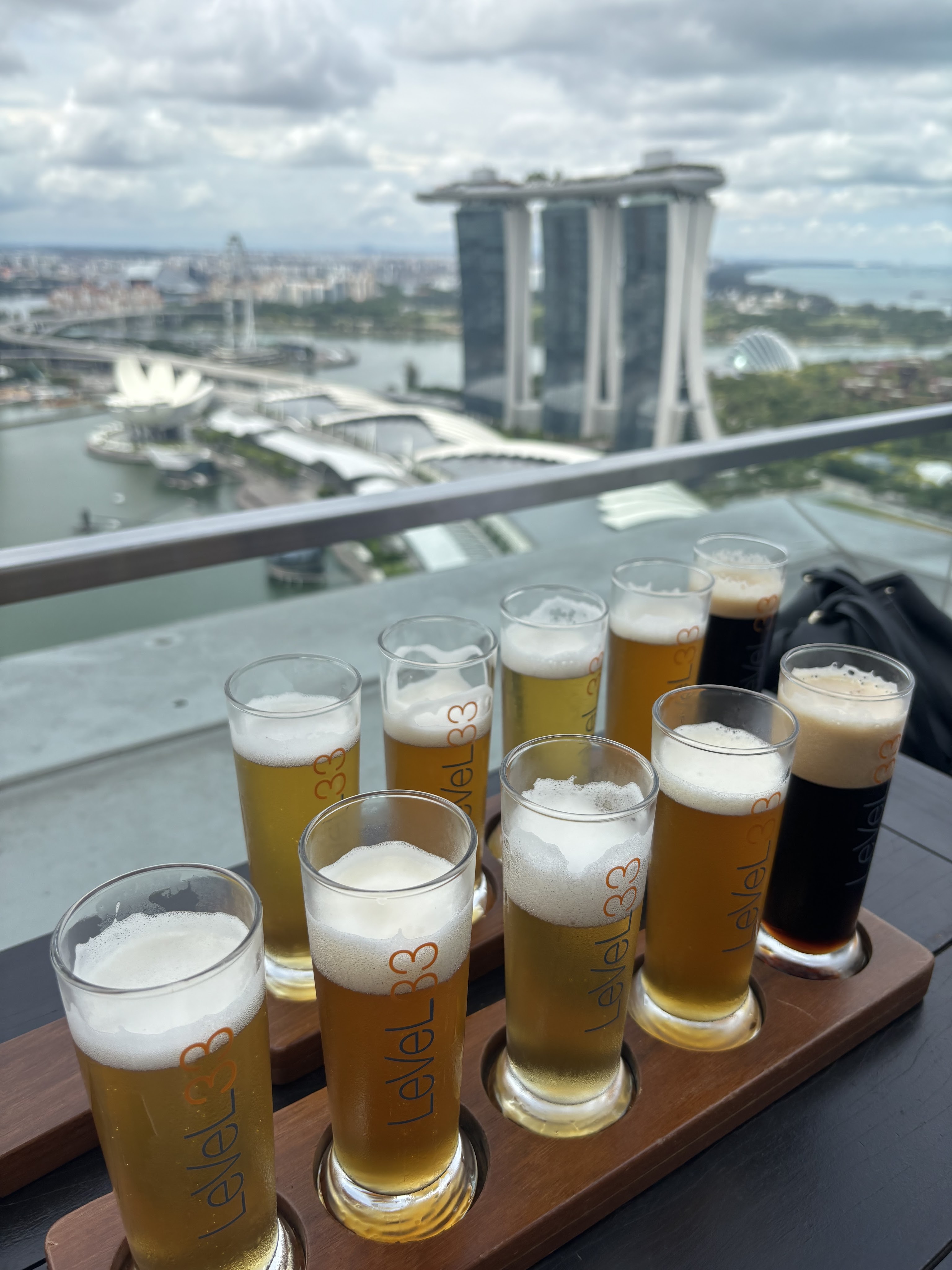






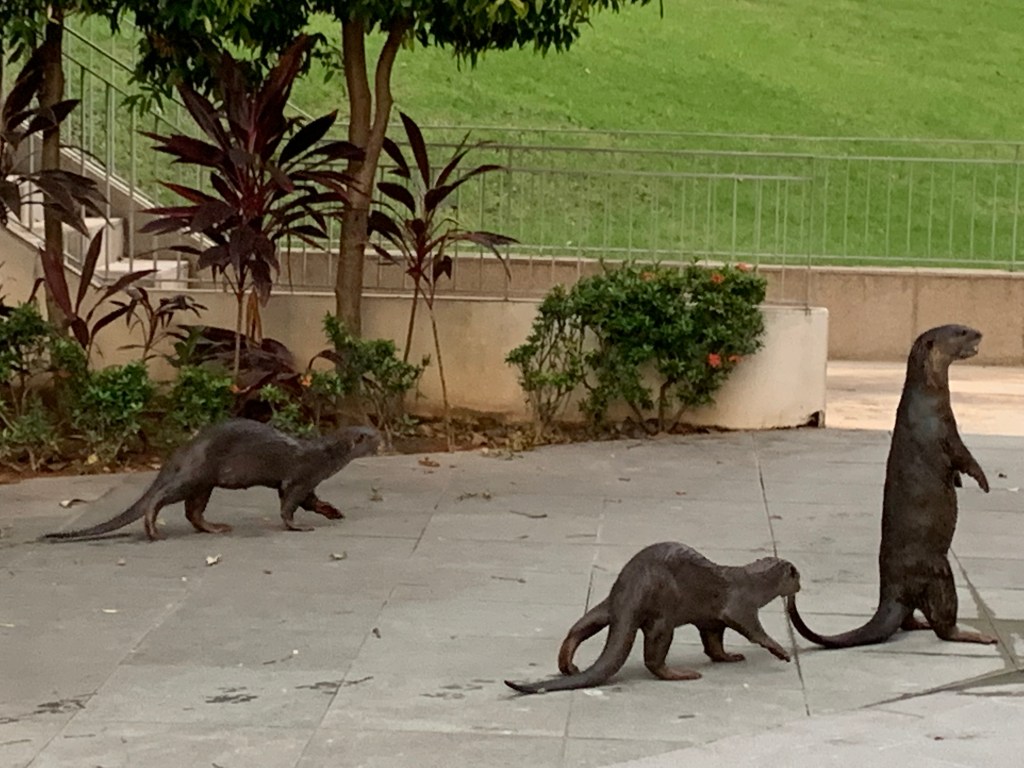



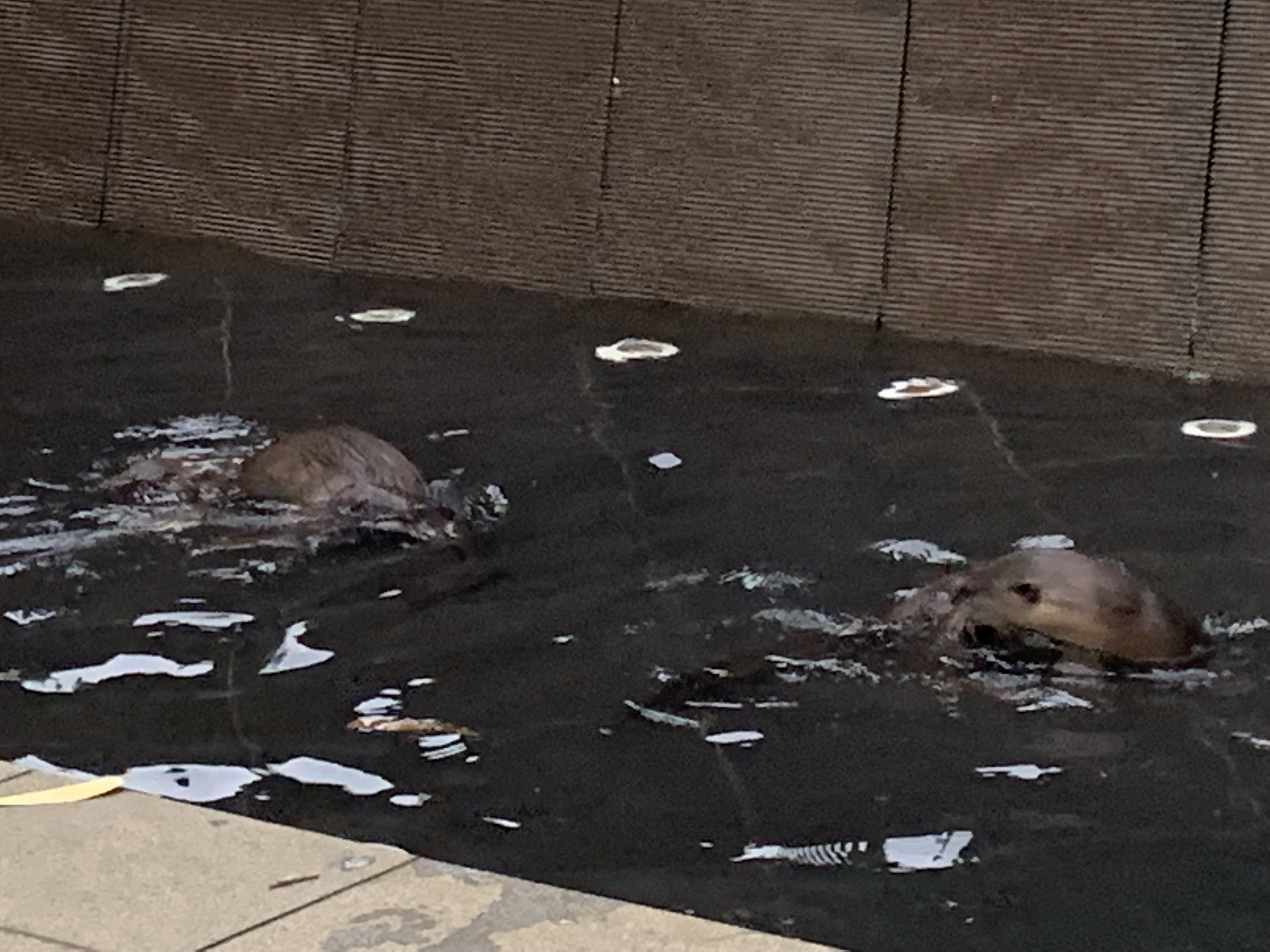








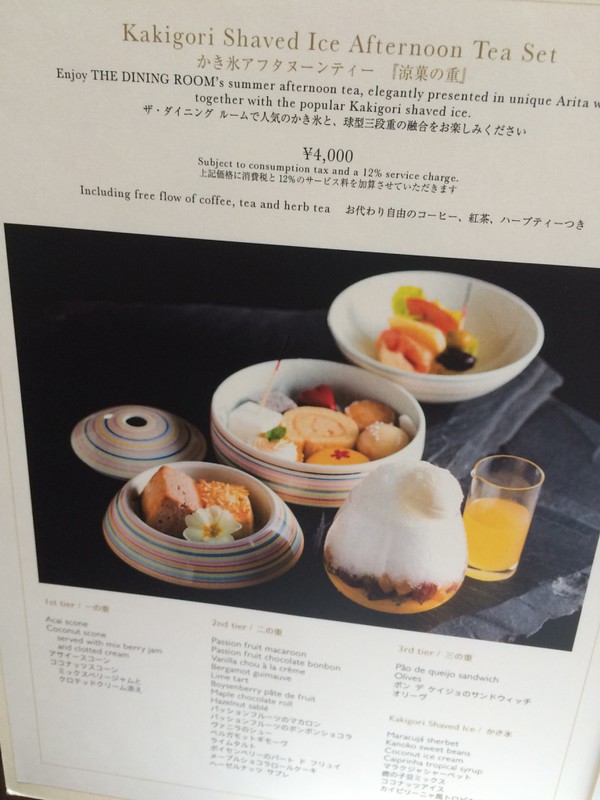

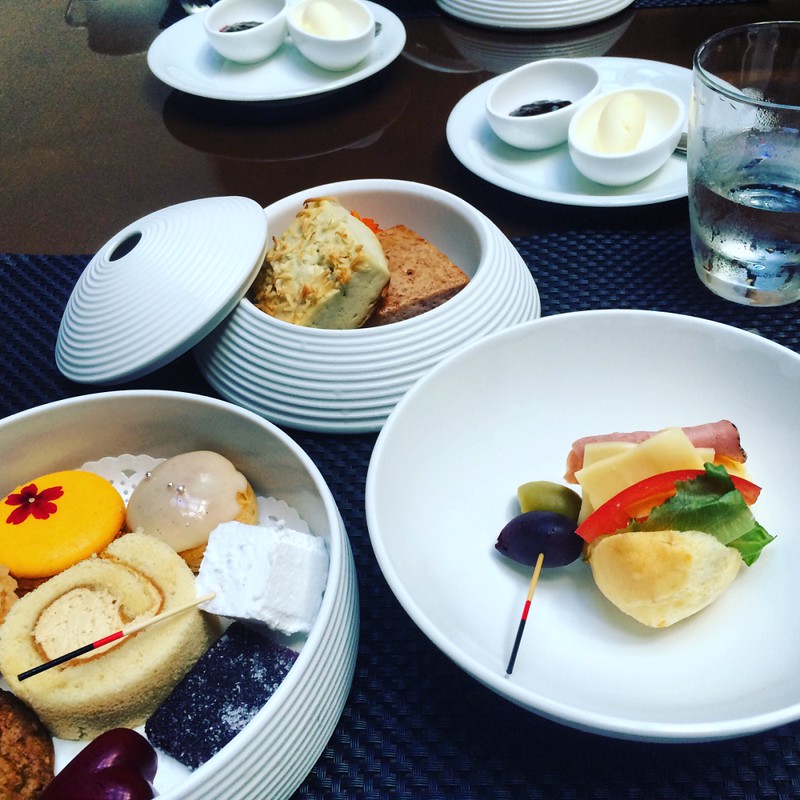

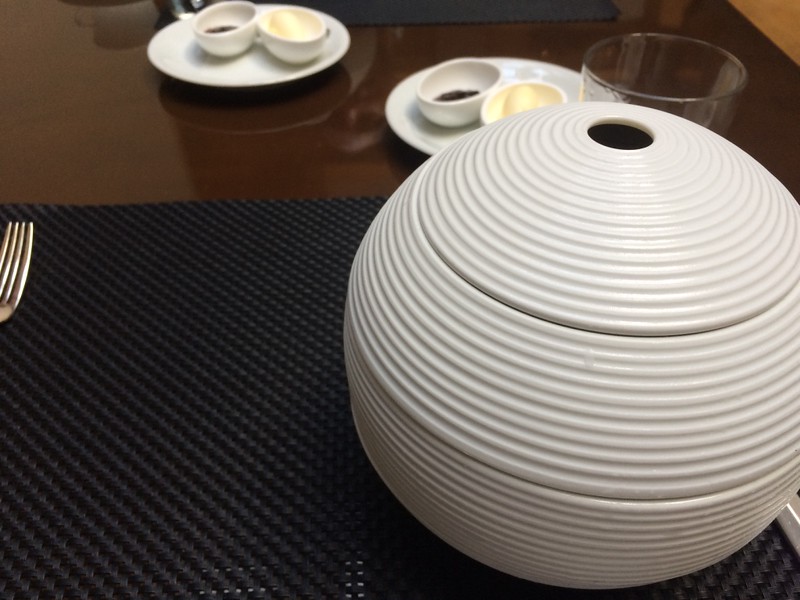

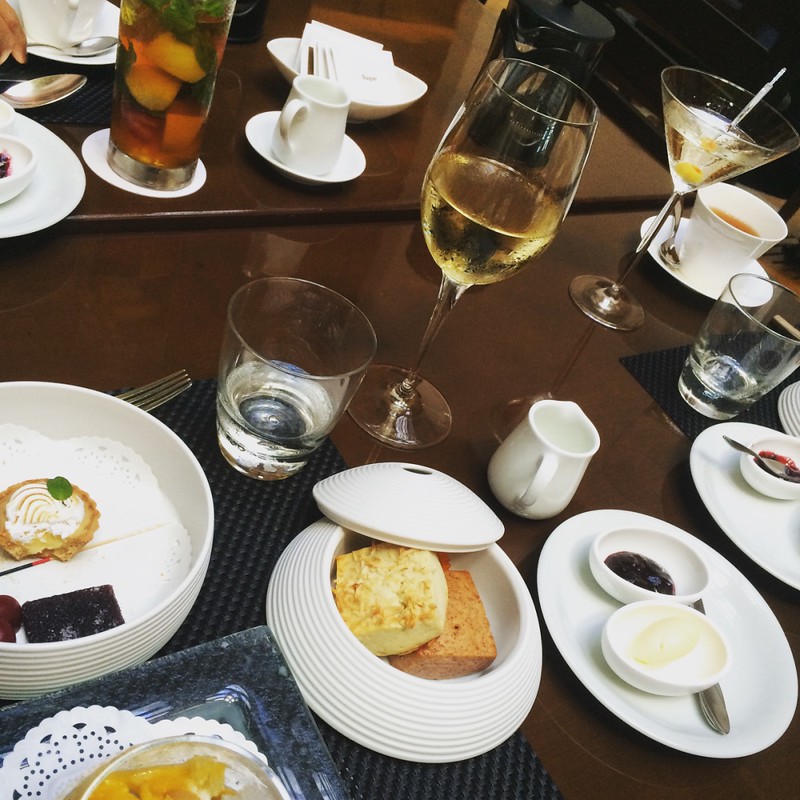



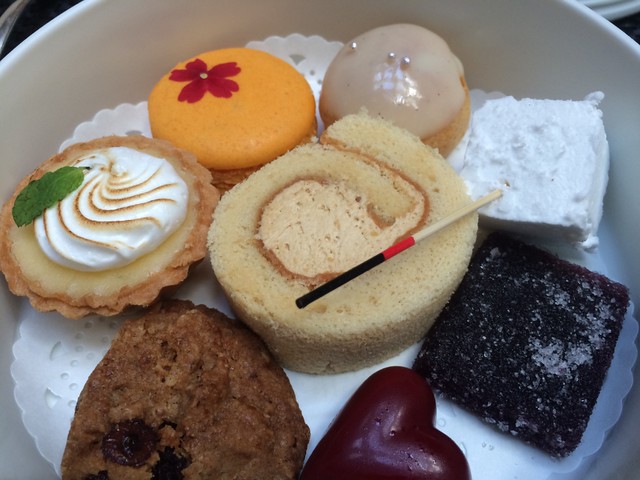



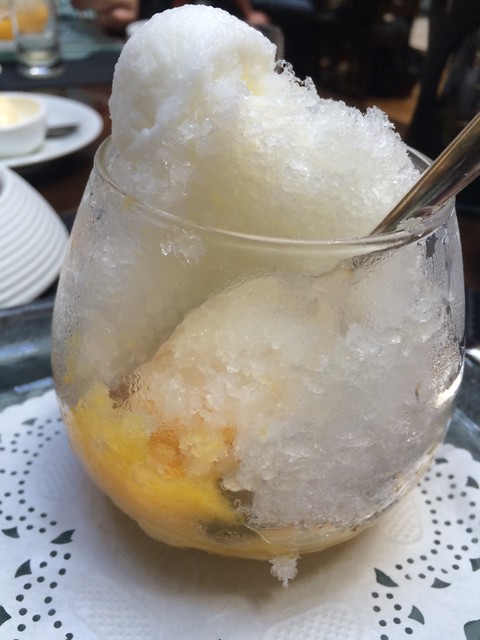

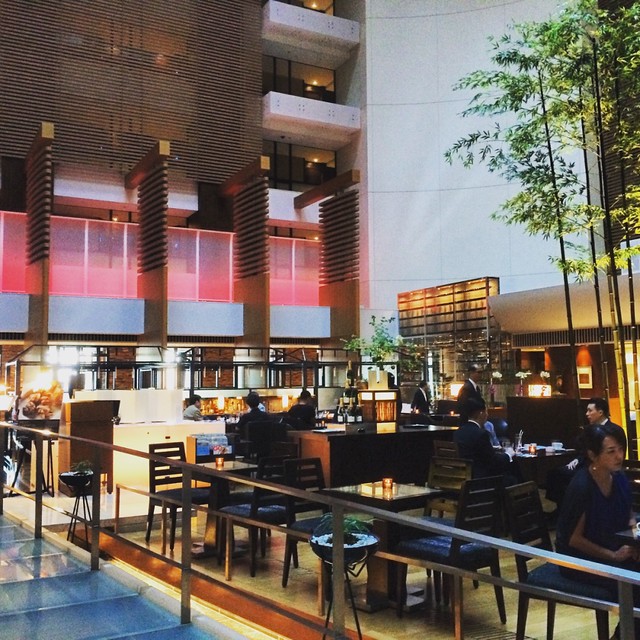
You must be logged in to post a comment.